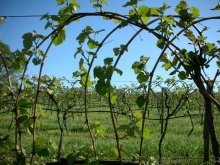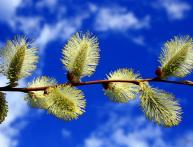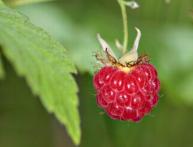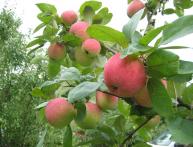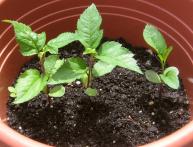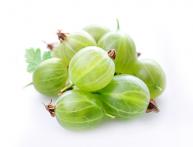How to properly prune grapes for the winter without harming the plant
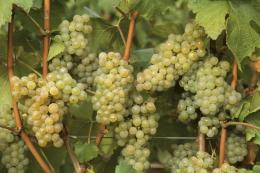
Grapes have already become quite a popular crop in our gardens. But in order for it to bear fruit regularly, it needs constant care. One type of care grapes This is trimming.
Content
- Grape pruning and why it is needed
- Pruning time and plant preparation
- Materials and tools for pruning grapes
- Basic rules for pruning grapevines
Grape pruning and why it is needed
Pruning a grapevine means cutting out some branches and shortening others. In other words, during pruning of grapes, the formation of a bush occurs. Pruning grapes is necessary, first of all, to increase the yield of the bush.
The fact is that cultivated grapes, unlike their wild counterparts, spend much more effort on planting and ripening fruits. And if the branches are not trimmed, then the root system will not be able to cope with the number of bunches planted and the fruits will be small. On the other hand, after pruning the bush, it activates all its forces and directs them to increased reproduction, that is, the formation of seeds, as a result, large brushes with large berries are formed.
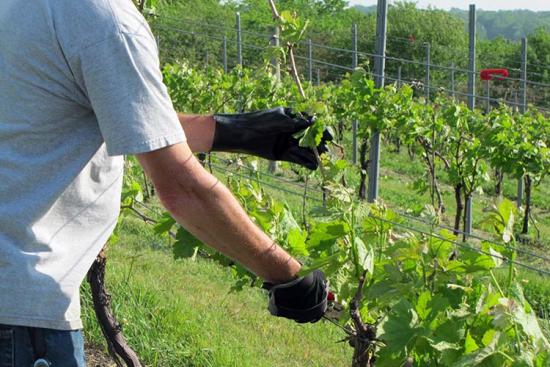
Is it necessary to prune grapes?
For those who are just planning to plant grapes in their garden, the need for annual pruning is a very pressing issue, since this procedure is mistakenly considered to be very complicated.
The answer to this question is clear.Grapes need to be pruned for several reasons:
- increase in yield
- improving the taste of berries
- It’s easier to keep a properly trimmed and formed bush care and harvest
- Proper annual pruning increases the lifespan of the bush
Pruning time and plant preparation
Pruning of grapes can be done in spring or autumn. In the climatic zone where the grapes are covered, pruning is recommended to be carried out in two stages. The main, formative one is carried out in the fall, before the onset of frost. In this case, you only need to cut out all the weak thickening shoots, as well as the immature tops of the vine. Then the grape bush is covered until spring.
In the spring, after the buds have awakened, the final pruning is carried out, leaving the required amount of fruit-bearing vines.
This pruning method simplifies the process of removing the vine from its support and shelter for the winter. But still, spring is considered the best time for pruning; it is practiced for uncovered varieties, since an unpruned bush overwinters better. Pruning should be done within a short period of time after the buds have awakened.
This must be done very carefully, since young buds are very fragile and easily break off. To prepare the bush for pruning you need to free its base. Then you need to remove all the thin and unproductive vines, leaving the strongest ones, from which the bush will then form.
Materials and tools for pruning grapes
The first and main tool for pruning grapes is a pruner. If the bush is old and radical anti-aging pruning is planned, then a lopper and a hacksaw may be needed. All instruments must be well sharpened and disinfected.Disinfection can be carried out with any alcohol-containing solution.
Grape pruning methods
Grapevine pruning is divided into three groups:
- short
- average
- long
They differ in the number of buds left on the vine.
Short pruning of grapes. With this pruning, no more than 4 fruiting buds remain on the vine. This method is used for very young bushes. This method allows you to grow strong fruiting shoots with good clusters. On old bushes this method is used in addition to other types. This pruning is used for one or two vines and is kept in reserve in case the bush is damaged.
Medium trim grapes. With this pruning, the number of eyes varies from 5 to 10. This is the most commonly used method of pruning grapes. It is suitable for almost all varieties.
Video about proper pruning of grapes for beginners:
Long pruning of grapes. With this method, more than 10 buds remain on the vine. It is used mainly for individual grape varieties or for the purposeful cultivation of long vines, for example, when entwining an arbor.
Basic rules for pruning grapevines
In order to get a well-fruiting bush, you need to know and, most importantly, apply in practice several pruning rules:
- When pruning stepsons, a stump must remain on the vine. They do this in order not to damage the kidney.
- The length that can be left is determined by the thickness and development of the shoot. The weaker the shoot, the longer it is cut and, vice versa, in healthy shoots You can leave the part longer.
- An incision is made 2-3 cm above the kidney.
- If a new fruiting sleeve is formed, then last year's replacement vine is completely removed, and of the two developed shoots, one is cut off for fruiting and the other for replacement.
- If weak shoots have developed on the vine left for replacement this year, then fruit-bearing branches are formed on the branches of the previous year.
- The same is done if only one shoot has developed on the vine, then in this case it is left for replacement, and the fruiting sleeve is formed from the growth of previous years.
- You should try to ensure that the wounds left after pruning are on one side of the fruiting sleeve, if possible inside. Otherwise, the sleeve quickly dies.
- During rejuvenating pruning, perennial branches are removed completely, leaving no stump.
- If it is necessary to reduce the length of the fruiting sleeve, then one strongest shoot is left on it for fruiting, and the replacement shoot is lowered to the required length.
Pruning grapes is a necessary measure to obtain a stable harvest. It must be carried out annually, choosing the optimal timing taking into account the climate zone and varieties grown grapes. In order for pruning to be done correctly, you need to adhere to basic rules, which may seem complicated and incomprehensible to a novice winegrower.
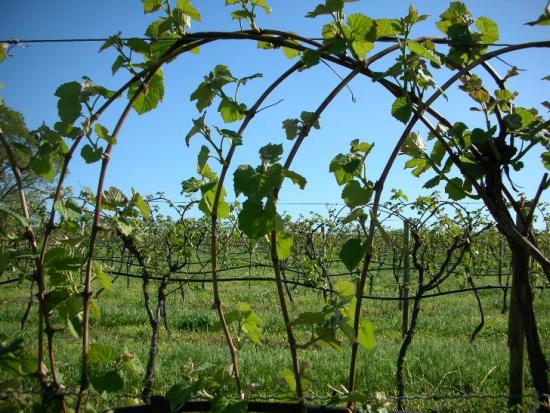
But with practice, you can easily prune the vine. In order not to be immediately disappointed in the grape culture, you must first choose the easiest varieties to care for for planting.


